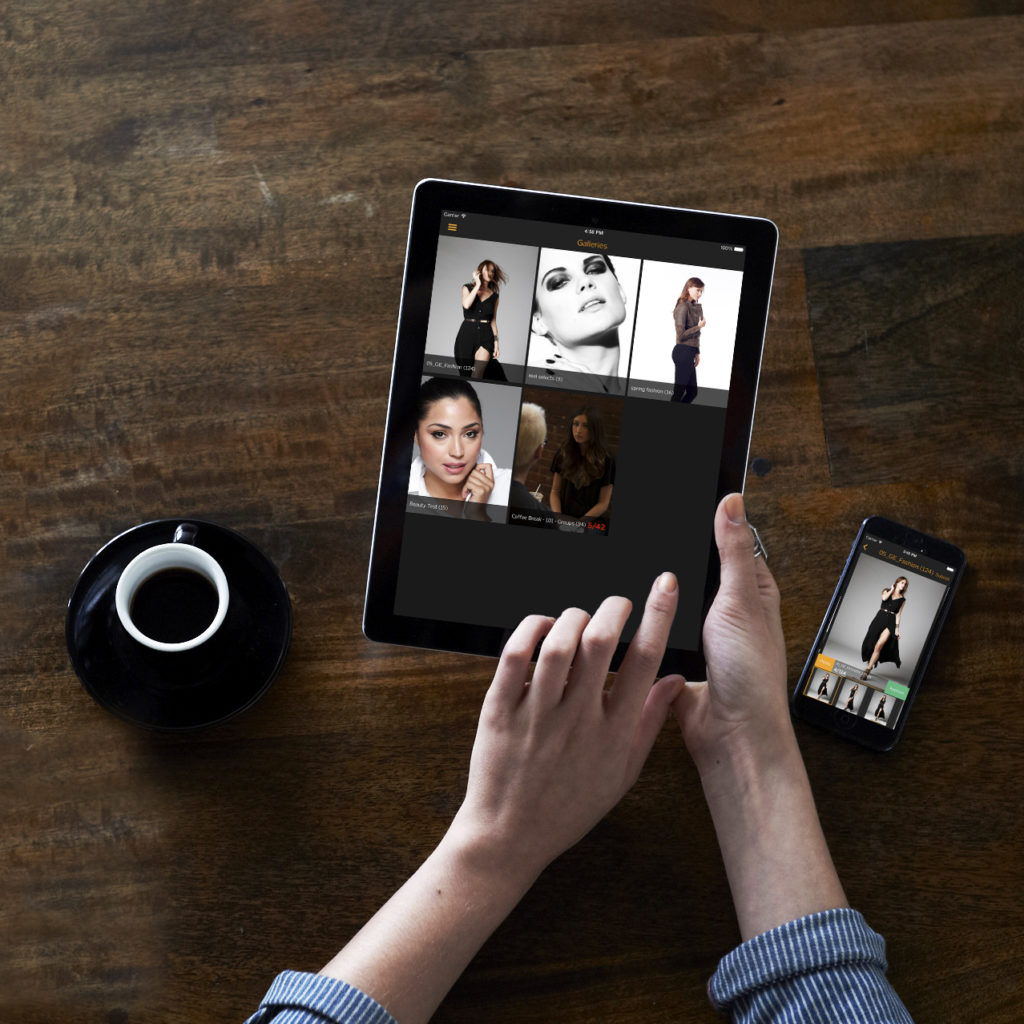AFTER THE SHOOT—The Editing Process— Part 2

By Luke Schneider, Business Development at Globaledit

Editing and culling images can be a slow process, especially on campaign and editorial projects where an on-set art director, agency creative director, and client team may all need to give their two-cents. Aesthetic is often a matter of personal preference which makes it challenging to keep everyone on the same page. On the eCommerce side, brands may have stakeholders determining brand image, all of whom may want to give final approval before product pages go live. Sending multiple options to everyone can be an organizational nightmare, let’s take a look at a few ways to handle this process.
On-Set or After the Shoot
Most productions will have an on-set art director, ensuring that images are on brand and aesthetically pleasing. Depending on the shot list and schedule there may be time to make a rough edit after each shot or during lunch and at the end of the day. For on-figure productions, this edit tends to narrow down roughly 50-400 images per shot to 5-20 final options. Let’s say there are 15 shots for the day, this is still 75-300 final options even before taking into account second options that should be accessible in case someone wants to see more versions.
If the shotlist is more packed – a common occurrence now that social and online channels require more content than ever before – there may not be time to make a rough edit on set. In this case, the AD is responsible for making those selects after the shoot and likely will have to take a physical drive or pull all of the images from an on-site server adding further transfer time as the files are moved to their machine for editing.
Client Feedback and Input
Before images can be sent to retouching, the final options often need to be approved by the client or creative director so time and money aren’t wasted finalizing images that will never be seen. This can be done a number of ways, including physical/PDF contact sheets with thumbnails, Dropbox/Google Drive/WeTransfer/FTP links, or through shipping a physical hard-drive carrying the files.
The good news here is the sent files can be low-res and transfer quickly. However, all of these methods rely on other forms of communication to give feedback based on file name, or sometimes the vague “I like the 8th one, let’s go with that,” that then requires the producer to match file-names to files on the server. Adding another step to the mix, the producer then has to ensure that they’re sending high-res TIFF, PSD, or EIP files to the retouchers, and not the low-res copies sent for approval.
This is also assuming that all necessary parties send feedback through the same channels. More likely the producer will be inundated with feedback received through Slack, Hangouts, email, text, or conversation, increasing the chance of miscommunication and mistakes during the post-production process.
Media & Entertainment Talent Approvals
When working with celebrities there may be contractual “Approve/Kill” requirements. Actor A may have the right to kill 50% of the final options for show and movie promos, while Actor B may only get to approve 25%. This imagery is often leak worthy or containing spoilers which requires increased security that traditional methods cannot maintain.
Meeting these contractual and security requirements is a significant challenge for M&E productions. Finding platforms that can allow actors to make their approvals/kills while in transit or working on other jobs is challenging but vital for timely production.
How does Globaledit Help?
Globaledit allows production teams to go to the files instead of the other way around. After an initial upload into the platform, users and teams can be assigned to specific jobs. Final-options can then be separated and shared with the necessary stake-holders. Because Globaledit renders a low-res JPEG proxy, anyone can quickly view and edit assets on any device with an internet or cellular connection and the Globaledit app.
Users can comment directly on individual assets or whole collections and can even use @-mentions to notify specific users. These comments are saved and time-stamped so there is a cohesive record of who-said-what and when they said it.
With our “derivatives” feature, PSD, EIP, and JPEG files can be paperclipped together, allowing seamless file delivery without searching through file-specific folders. Furthermore, custom workflows can be built so that images are moved into a “Ready for Retouching” folder as soon as the necessary approval has been made, so retouchers can start working right away without back-and-forth communication.
For Media & Entertainment, approval galleries through Globaledit allow each talent-user to be assigned a Kill/Approve percentage. Further security options allow automatic watermarking with company name, or for increased security, with an individual’s user name to discourage leaks. Because Globaledit is cloud-based, talent can complete approvals/kills while in transit with nothing more than their phones.
The modern editing process has many bottlenecks. Globaledit works with our clients through dedicated account managers and a digital-experience solutions team to remove technological hurdles. We help our clients focus on finding the best assets and avoid spending hours on file management. That’ll do it for this week’s edition of After The Shoot, stay tuned next week when we discuss the challenges associated with the retouching markup process. To learn more about how Globaledit can accelerate your creative production message us here.

